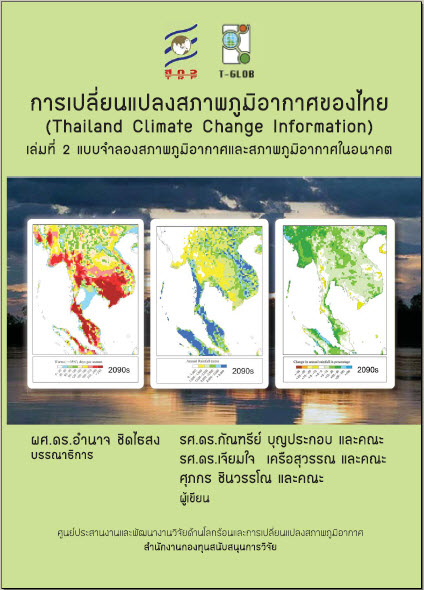Mainstreaming Climate Change into Community Development Strategy: A critical opinion on climate change adaptation planning and case study in Thailand
ABSTRACT: Over the years, climate change adaptation planning in many developing countries, especially in the Southeast Asia region, has been developed as a separate policy and primarily focused on the effort to address the issue of impact of future climate change. This often causes dilemma in climate change adaptation planning and justification of such plan due to the concerns of policy makers on the reliability and accuracy of the assessment on impact of future climate on bio-physical system and consequences on social vulnerability and results in stagnation of climate change adaptation plan in the region. This paper discusses paradigm shift in climate change adaptation planning, in which takes reality of local community into consideration by mainstreaming climate change into local development strategy in order to reduce vulnerability from climate threat. This approach emphasizes linkage between present concerns and specific context of the community with future changes, both from socioeconomic dynamic and climate change, to ensure that the development plan will not lead community into the new climate risk under changing context of the community and development plan will sustain of the under future climate change. Case study of Lao-oi District in Thailand demonstrates the way climate change could be mainstreamed into local community development plan.
Developing Regional Climate Change Scenario and Dilemma in Climate Change Adaptation Planning
Abstract: Long term climate projection at high resolution is fundamental dataset for climate change study, especially assessing impact of climate change at local scale. This future climate projection, which shows future climate of Southeast Asia countries at resolution of 20x20km up to the end of 21st century, is result of dynamic downscaling process using regional climate model from Hadley Centre, The Met Office of United Kingdom, to simulate high-resolution climate data for the region based on dataset from global circulation model ECHAM4 GCM - A2 greenhouse gas emission scenario. Result from regional climate model shows that wide coverage of Southeast Asia region tends to be warmer and duration of warm period will extend substantially in the future, especially in the latter half of the century. Even though, the warming up of temperature is detected for both daily maximum temperature and daily minimum temperature, but daily minimum temperature tends to have higher trend. Precipitation tends to fluctuate in the first half of century but shows increasing trend with higher intensity, which will be clearly seen in latter half of the century where there will be higher precipitation throughout the region. Data from this future climate projection can be used to assist climate change adaptation planning; however, it has to be used in the context of future climate scenario in order to avoid dilemma in planning process.
















